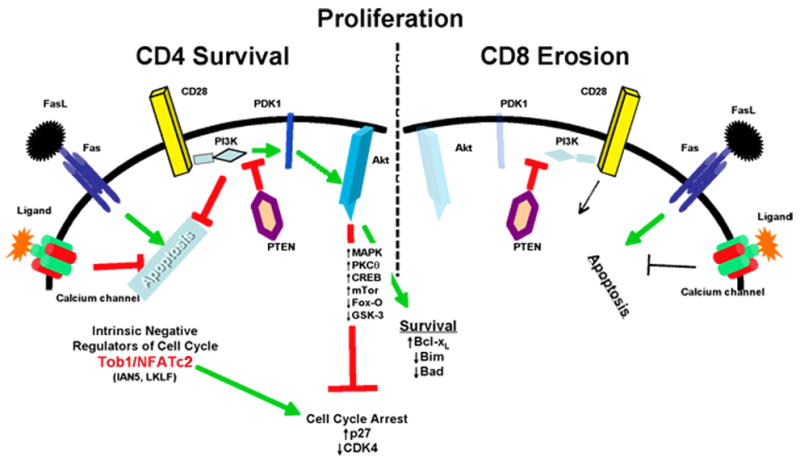Figure 4. An integrated model of T cell fates in an MHC-less environment.

Lymphopenia in MHC-less mice induces proliferation of naïve CD4 and CD8 T cells, leading to upregulation of Fas receptors. We hypothesize that naïve CD4 cells survive because signals initiated by binding CD28, and transmitted mostly through the PI3K-dependent activation of Akt, antagonize the apoptotic impetus from Fas as well as the intrinsic signals from Tob1 and NFAtc2 that enforce cell cycle arrest. At the same time, CD28/PI3K signals tilt the balance of mitochondrial homeostasis towards survival by upregulating Bcl-xL and by downregulating Bim and Bad. PI3K also activates or inhibits additional pathways that similarly favor proliferation and survival. Each of these PI3K-mdeiated events is antagonized by PTEN through dephosphorylation of inositol phospholipids and by dephosphorylation of tyrosine residues in activating kinases. Finally, signals transmitted through calcium channels also increase resistance to Fas-mediated cell death. Naïve CD8 cells, in contrast, do not signal effectively through CD28, and thus show impaired survival when FasL engages Fas signaling. In this context, calcium signals offer only partial or no protection from cell death.
